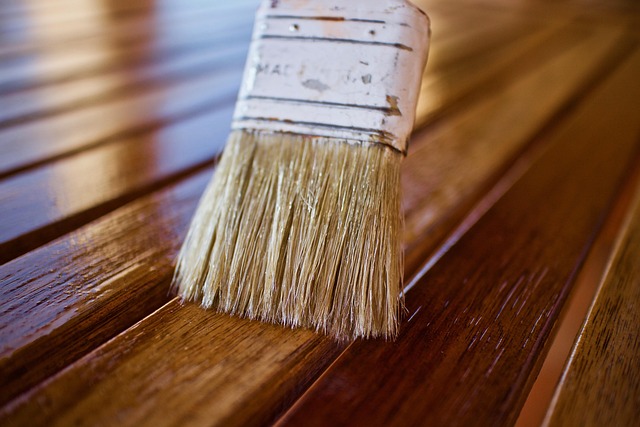
When preparing a home for sale, few things matter more than a strong home inspection report. Small issues can raise red flags and lead to delays, price reductions, or even lost sales. Fortunately, many of the most common concerns inspectors flag are easy for homeowners to fix themselves—with just a little time, effort, and attention to detail. Here are some of the top DIY fixes that can make a big difference in how your home presents during inspection.
1. Seal Up Gaps and Cracks
Inspectors routinely look for signs of water intrusion and pest access. Walk around your home and seal any visible gaps in siding, window trim, and doors with exterior caulk. Inside, check baseboards, around tubs and sinks, and where pipes penetrate walls. These quick fixes not only improve your report but also boost energy efficiency.
2. Replace Burned-Out Bulbs and Test Fixtures
Non-functioning light fixtures often lead to unnecessary “further evaluation recommended” notes. Make sure every lightbulb in and outside the home is working. Replace dead bulbs and consider updating old, dated fixtures with simple, modern options. Test fans, GFCI outlets, and smoke detectors while you’re at it.
3. Clear Gutters and Downspouts
Clogged gutters can cause water to back up into the roof or foundation—both serious inspection concerns. Clean out all debris and ensure downspouts are directing water at least 5 feet away from the home’s foundation. Splash blocks or flexible extenders are an inexpensive solution.
4. Touch Up Paint and Repair Minor Damage
Chipped paint, rotting trim, or missing caulk can suggest neglect. A weekend spent sanding, patching, and painting can significantly improve the first impression your home makes—both to the inspector and the buyer.
5. Secure Loose Railings and Steps
Wobbly handrails or uneven steps are called out as safety hazards. Tighten fasteners, replace broken parts, or install a new railing if needed. Even simple repairs like adding non-slip treads can show your commitment to home safety.
6. Check for Leaks and Drips
That slow drip under the sink or stain on the ceiling could raise questions. Check all plumbing fixtures for leaks. Tighten connections or replace worn-out washers and P-traps. For ceiling stains, make sure the source of the issue is fixed, then prime and repaint the affected area.
Final Thoughts
Taking the time to handle these small issues before an inspection can save you from bigger headaches later. A well-maintained home tells buyers—and inspectors—that the property has been cared for. Best of all, many of these improvements require little more than a free weekend and a few basic tools. When it comes to a smooth transaction, a little preparation goes a long way.


